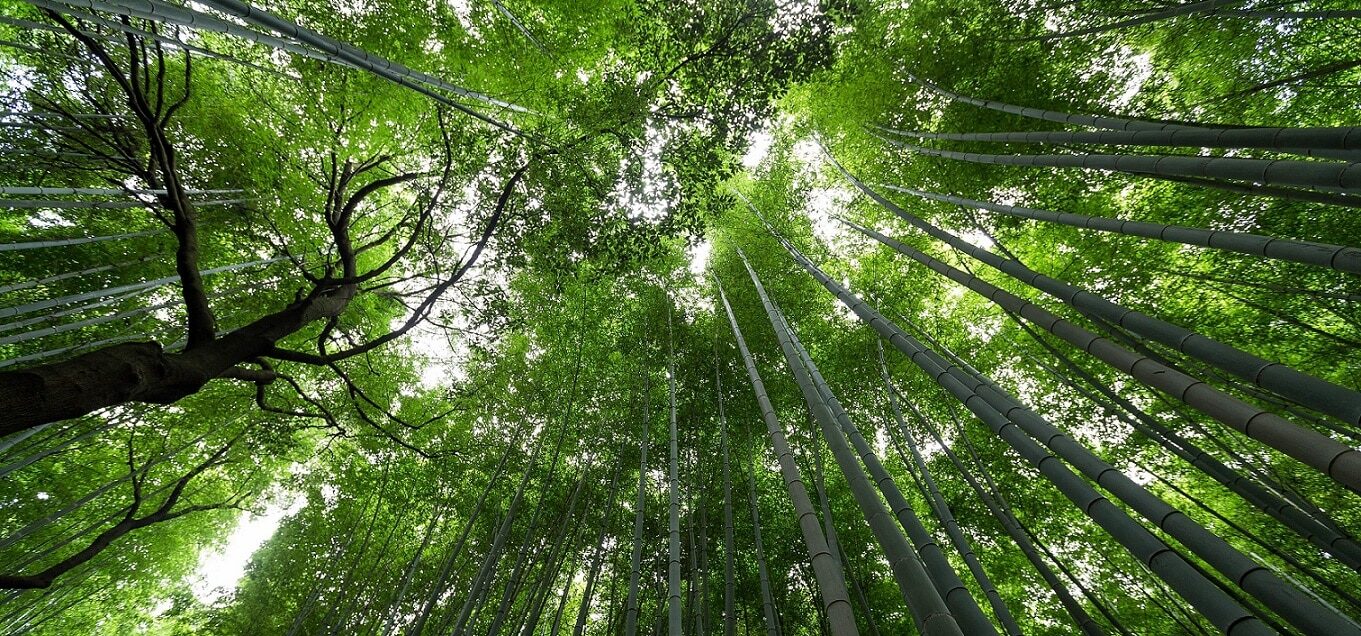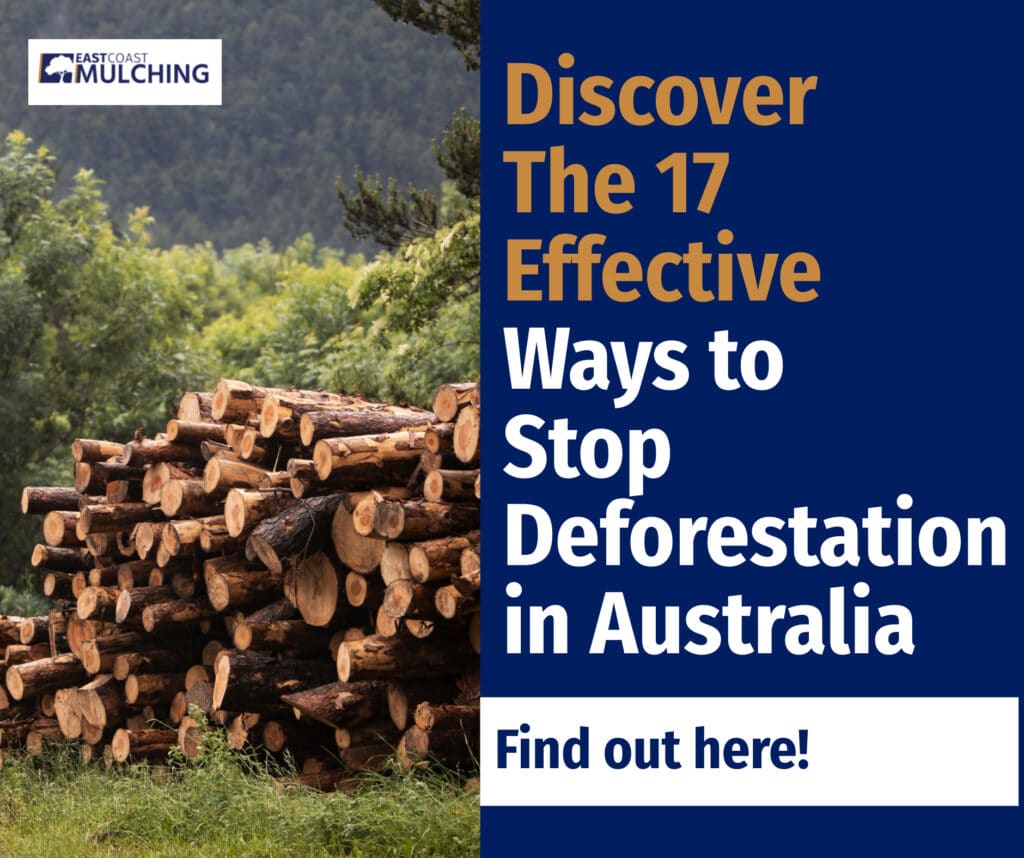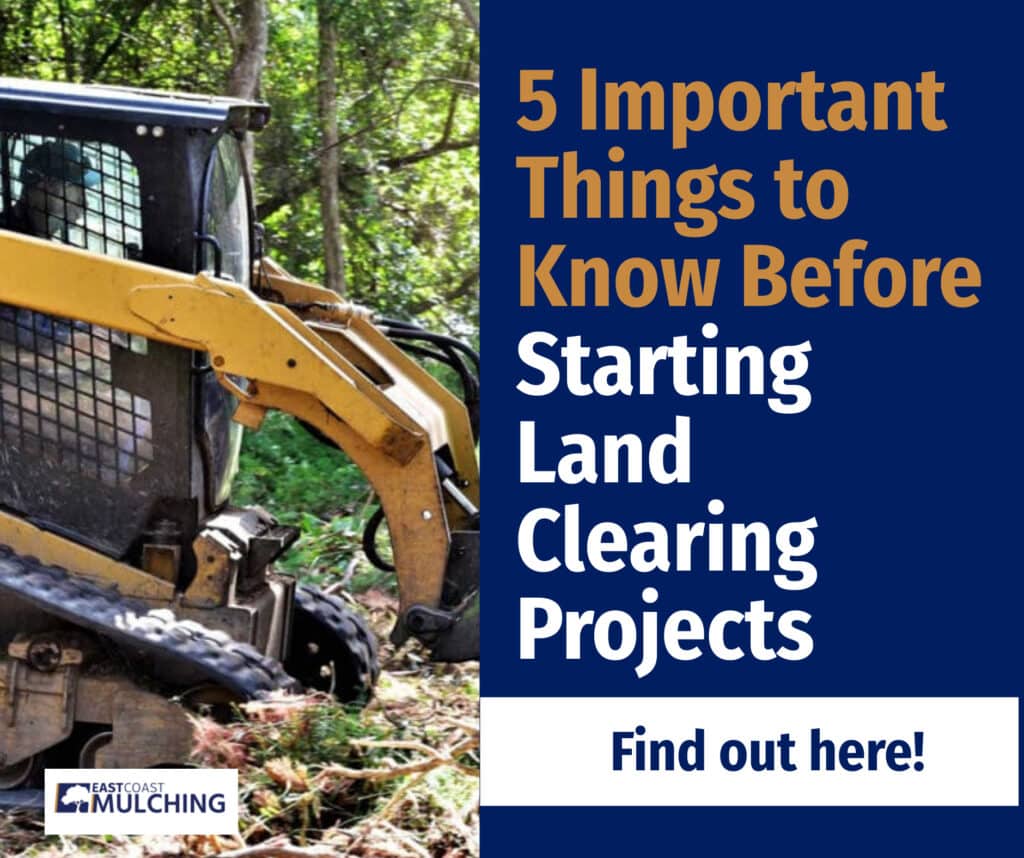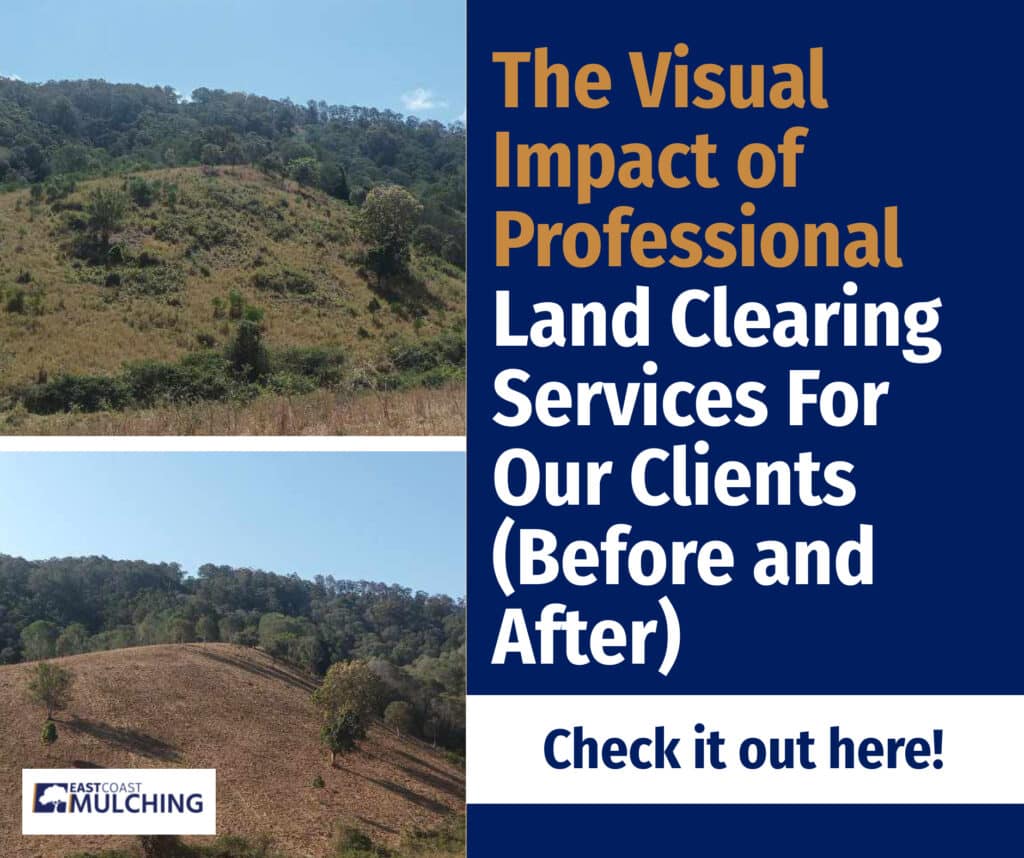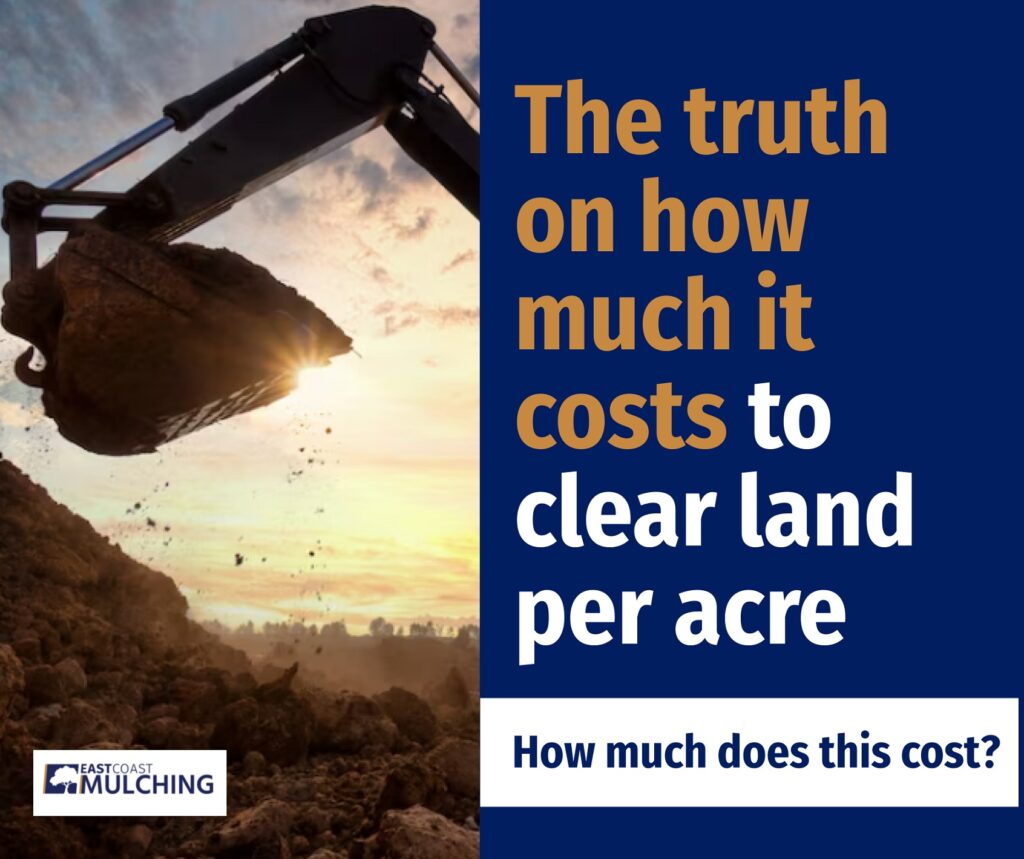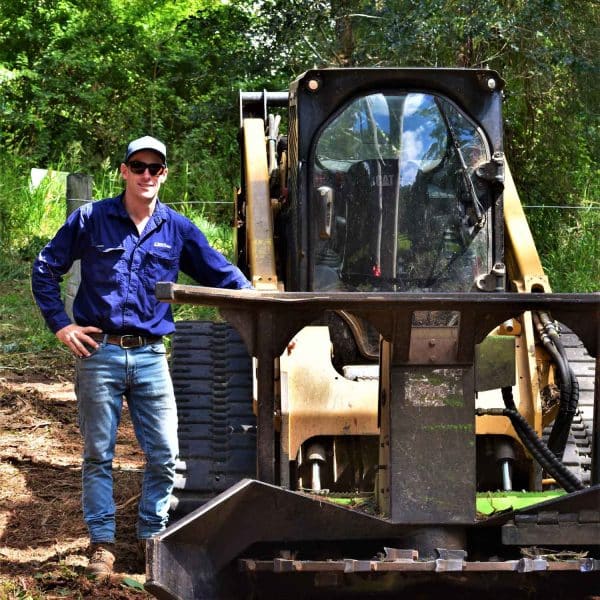While bamboo can add a unique charm to a garden due to its easy maintenance and rapid growth, these characteristics can also turn it into an invasive species. Without proper bamboo removal, it can cause significant issues for local flora and fauna.
Key takeaways
Bamboo is an introduced plant that’s become common in South-East Queensland.
- Running bamboo is fast-growing and sends up shoots from underground stems.
- It is resilient and quickly overwhelms native vegetation.
- Control methods include cutting down, excavating and poisoning with herbicides.
- Forestry mulching can help dispose of significant amounts of bamboo safely.
What is Bamboo?
The bamboo plant is a woody grass native to tropical and subtropical Asia. It grows in tall and dense stands. Some of its features include:
- Can grow to between 2 and 15m high;
- Hollow canes for stems with nodes for outgrowth;
- Flowers infrequently;
- The root system is a dense and fibrous mat;
- Lives in gardens and bushland edges.
Bamboo was introduced to Australia to be an ornament in gardens. It is now often used to prevent erosion and create shelter against wind.
Bamboo is now common in South-East Queensland and northern New South Wales. Uncontrolled bamboo growth has caused several issues for the local environment.
The Problem with Bamboo
Bamboo comes in several varieties, including running bamboo and clumping bamboo. The species that causes the most issues is the running type bamboo. Running bamboo has several characteristics that make it invasive and challenging to control.
It develops new shoots from horizontal stems called rhizomes that grow underground. Bamboo rhizomes can extend over a large area and produce a small growth forest.
The bamboo grows very quickly. Bamboo shoots can grow up to 1m daily at a peak growth rate. This allows bamboo plants to overtake an area and overwhelm existing vegetation.
Once it has established itself, it will prevent other plants from growing nearby. Any native vegetation will be killed off without any chance to regrow.
It is also very resilient. Bamboo roots form into a thick mat that is difficult to dig up. The woody stems are durable and resistant to a lot of damage. Once cleared, bamboo can regrow fast if you don’t follow up with repeated treatments.
Removing Bamboo
Regularly cutting unwanted bamboo poles and mowing for a small-scale removal method will stop most regrowth over time. If you’re looking to get rid of bamboo, especially clumping bamboo, this method can be effective. Bamboo can creep under fences and invade gardens. When planting bamboo, a polyethylene root barrier keeps bamboo growing under control. Without this measure, a bamboo problem may invade neighbouring properties.
Heavy machinery such as excavators and backhoes are used for more significant infestations. This equipment is for digging bamboo from the ground and removing large stands quickly. Rhizomes can grow deep into the ground, so you need to dig about 1m down to remove the entire plant. This is traumatic for the soil and requires significant rehabilitation. This method is also only proper on flat ground.
Various herbicides containing glyphosate, such as round-up, can remove bamboo. However, glyphosate has potentially dangerous health effects. The International Agency for Research on Cancer found glyphosate is likely carcinogenic to humans.
Advantages of Forestry Mulching
Forestry mulching can work at scale to shred large quantities of bamboo safely. Quality mulchers make short work of dense bamboo stems. A compact track loader like East Coast Mulching’s Cat 259D3 can work on challenging terrain and steep slopes.
You also don’t need to risk using toxic chemicals that may have severe long-term consequences for your health.
Case Study of a Bamboo Removal Project
To demonstrate forestry mulching as an effective best way to clear bamboo, let’s look at a recent job we completed in Doonan, focusing on the bamboo removal process. Before we began, we conducted a thorough site inspection to assess the scope of the work.
Excavators pushed over large bamboo species, including bamboo stumps, to clear the whole block, which was ready for reuse. What a great outcome! The site was all cleared in a day.
In parts, we piled up bamboo 20 feet tall and higher. This work is challenging – the depth of the vegetation could have quickly overrun the total time to clear the block or broken machinery.
A single machine could often handle only a small amount at a time. With the power of the Mulching Attachment, we got it done in time and without breakdown issues.
If you’ve got a land clearing or tree removal job you need to be taken care of, leave your details on the contact form. We’ll get in touch to discuss your needs and provide a cost estimate. Let us handle your next bamboo maintenance efficiently and cost-effectively.
Read our comprehensive guide on land clearing here.
Work with us
We have the equipment to handle projects of all sizes. No matter the state of your property, we can handle all types of terrain. Our services provide complete removal, including tree stump grinding. This method protects the earth as roots generally maintain soil integrity.
This approach aligns with local regulations, where the removal of certain invasive plants, like bamboo, could be subject to local council rules due to environmental considerations. If you’re searching for bamboo removal services near me, East Coast Mulching is your go-to solution.
Call us for a free quote on your land clearing job.

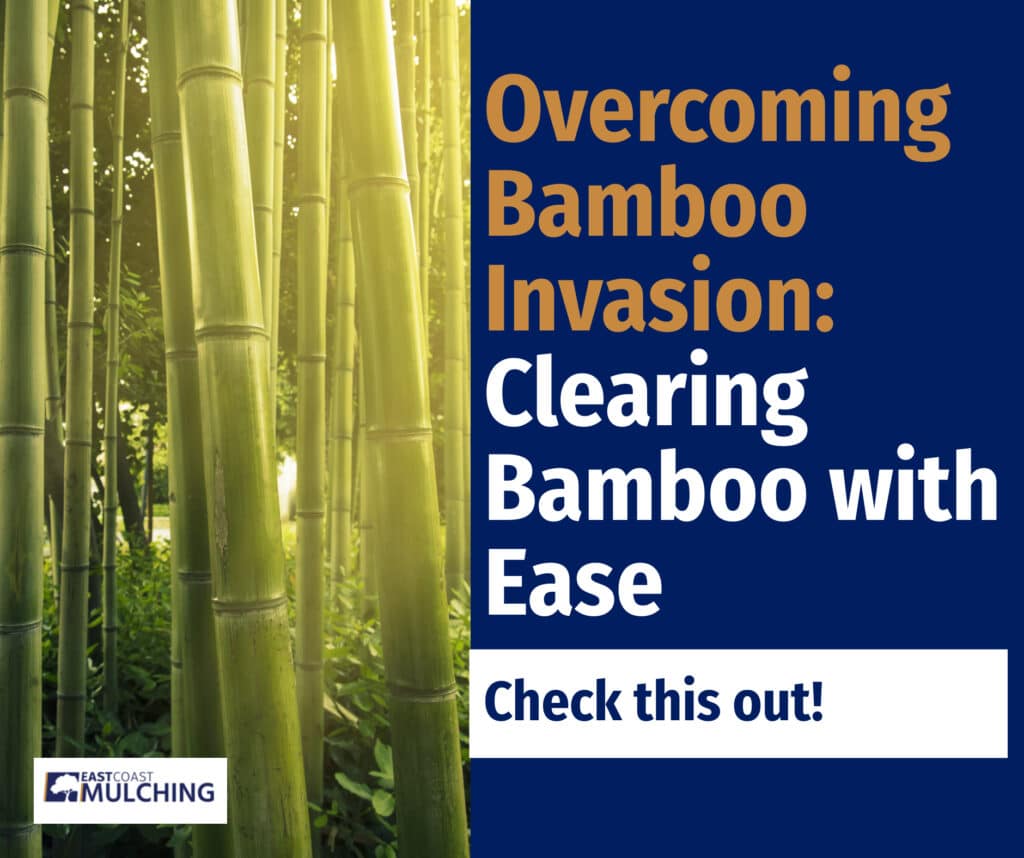
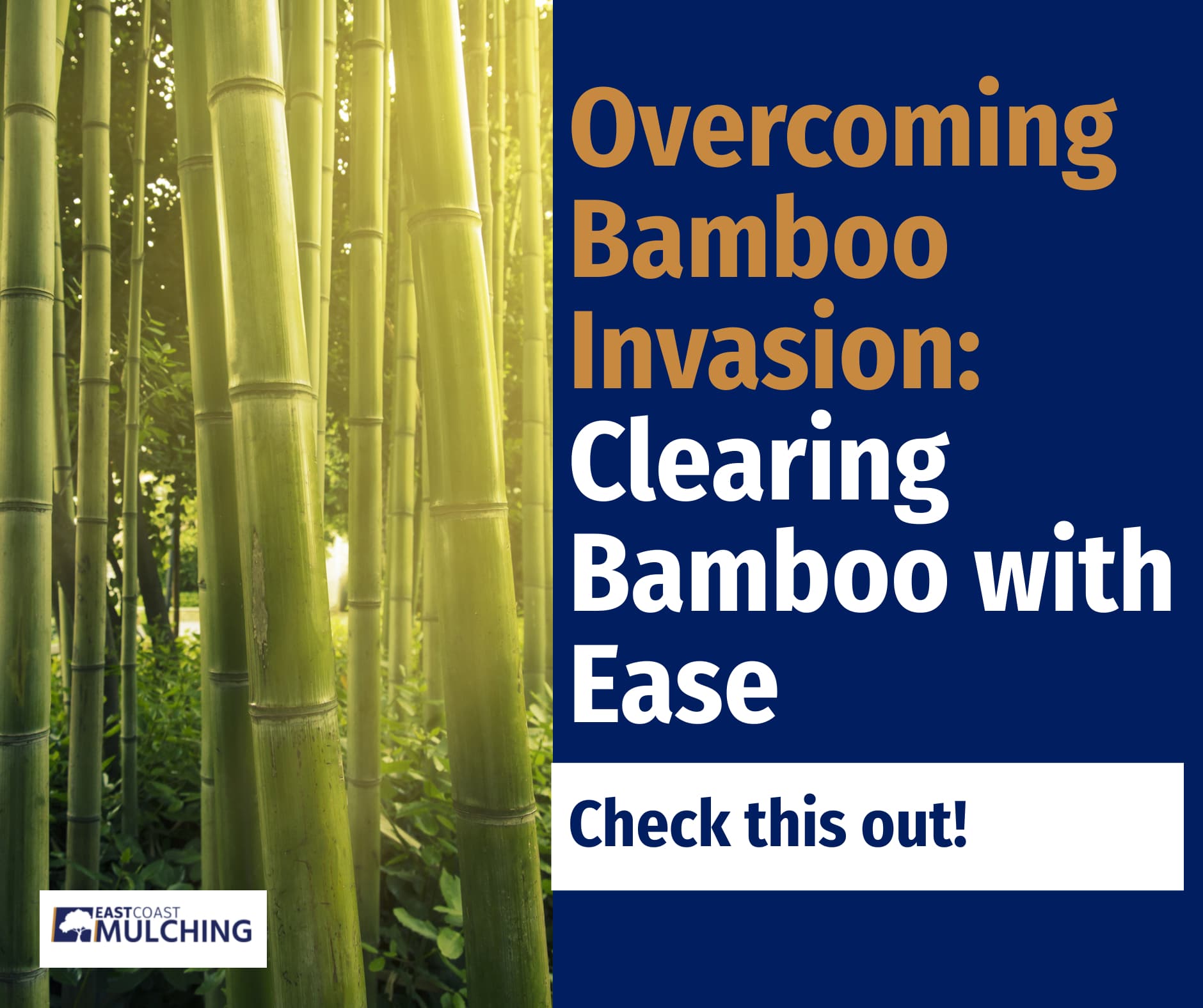 Bamboo is an introduced plant that’s become common in South-East Queensland.
Bamboo is an introduced plant that’s become common in South-East Queensland.